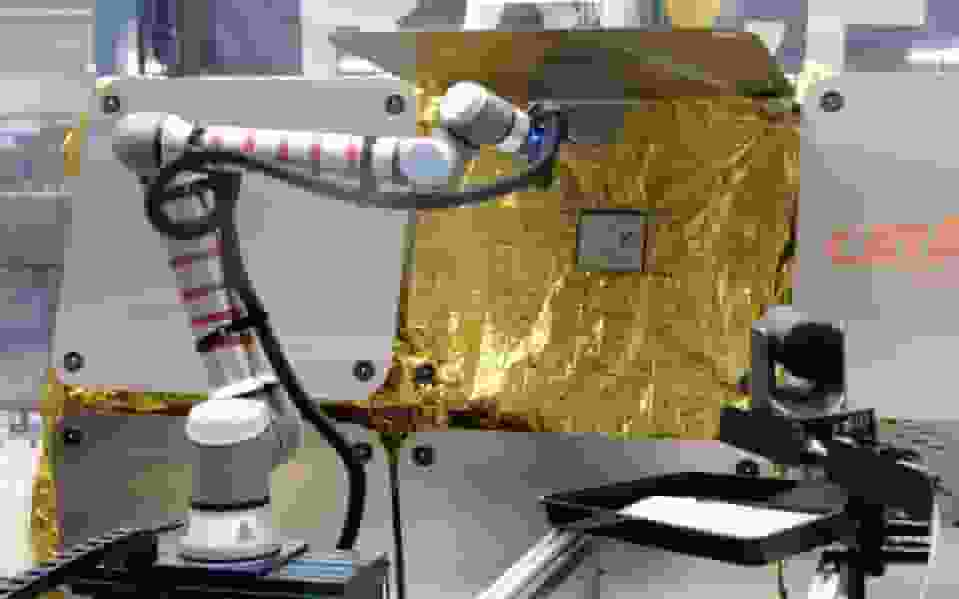Robots can do repairs in locations that are too hazardous for humans.
Robots powered by nuclear fusion are being created in orbit to clear the garbage and resurrect dead satellites. Scientists cannot remove or repair the thousands of defunct spacecraft in orbit around the Earth.
At the UK Atomic Energy Authority, a group of engineers with expertise in nuclear fusion energy has now adapted their robotics knowledge to space exploration. They frequently deploy remote-controlled robots inside nuclear fusion reactors because they can do repairs in locations too risky for people to enter. The team has now conducted experiments in a lab using the same tools and digital procedures to demonstrate that mending satellites will be feasible.
According to data, there are around 6,000 satellites orbiting the planet, and half of them are inoperable due to broken parts, lack of fuel, or discarded launch components, according to Dr. Indira Nagesh, principal engineer of UKAEA. In their experiment, the UKAEA’s Matthew Goodliffe and the Satellite Applications Catapult’s scientists demonstrated that a robot can remove and replace damaged parts.
The robots are controlled remotely.
A pincer-like component on the machine’s agile robotic arm can be replaced with various other devices, including a “human-like hand,” according to Mr. Goodliffe. The robot weighs 33.5kg, costs roughly £30,000, can lift up to 12.5 kg, and is controlled remotely by an engineer operating a “robotic twin” of the device.
Despite the concept’s success, the team is seeking money to develop it further. The experts agree that the technology is sound, but it will need to be upgraded and strengthened before it can travel to space. According to Dr. Nagesh, the benefits of re-creating the ultimate fusion energy source on Earth are huge, with the possibility for nearly endless power for a very long time.
They’re demonstrating that our technology has many more direct advantages in related fields. It’s thrilling to pinpoint technological problems and find solutions for in-orbit servicing and repair. It will significantly increase spacecraft lifetime and lessen space debris.
Among the robots
The robot weighs 33.5kg, can lift 12.5 kilograms, and can extend its arm outward up to 1.3 meters. It costs about £30,000 and is operated remotely by an engineer. The experts claim that there is great potential for employing these robots in space since it would enable future missions to repair massive spacecraft and clear orbital trash simultaneously.
The James Webb Space Telescope (JWST), a million miles beyond Earth and scheduled to last for 20 years, was designed to be out of human reach and difficult to repair. However, as NASA discovered with Hubble, telescopes can experience problems for which repairs are required. On the other hand, JWST cannot be fixed by astronauts like Hubble.
According to Dr. Nagesh, the possibility of sending these robots to James Webb for maintenance, improvements, or refueling is “certainly plausible. She told The Telegraph, “If we can demonstrate that it functions in low Earth orbit, then we can be certain that it will function beyond that. It is conceivable, without a doubt.


